Indian Cultural Arts
Art is present in all aspects of human activity and Indian culture. That Art has roles in society. Indian art consists of a variety of art forms, including painting, sculpture. On its way to modern times, Indian art has had cultural influences, as well as religious influences such as Hinduism, Buddhism, Jainism, Sikhism and Islam. Art influences society by changing opinions, instilling values and translating experiences across space and time. Art in this sense is communication; it allows people from different cultures and different times to communicate with each other. Art is often a vehicle for social change. We are proud of Indians culture. Intrinsic value of Indian culture provides important social and economic benefits. With improved learning and health, increased tolerance, and opportunities to come together with others, culture enhances our quality of life and increases overall well-being for both individuals and communities. Rock art is one of the oldest material forms of human expression and is found throughout the world. In archaeology, rock art is human-made markings placed on natural stone; it is largely synonymous with parietal art. Normally found in literate cultures, a rock relief or rock-cut relief is a relief sculpture carved on solid or sheet rock. It is a prehistoric art. Paintings and carvings above the rock is rock art. They are petro-graph and petroglyphs technically. It is important because they represent the earliest form of creativity of Human mind. They symbolize the beginning of all the art forms in the world today. Further Cave art is significant because it was what people in prehistoric times did in order to record history and culture. However, prehistoric Cave art was also significant because it also served as a warning to people who were to come later. Some rock arts like – Laxmi Mundia Pahada Cave Art, Disa–Gauda Jain Cave Art, Tilori Cave Art of Daringbadi etc. have taken for discussion on comparative mood in this book.
Get it now and save 10%
BECOME A MEMBER

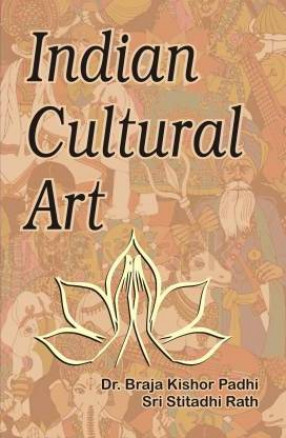
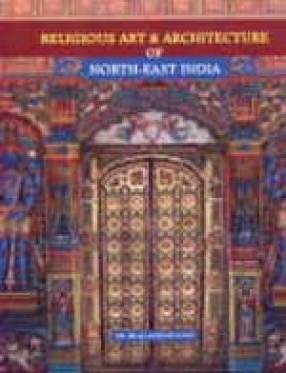
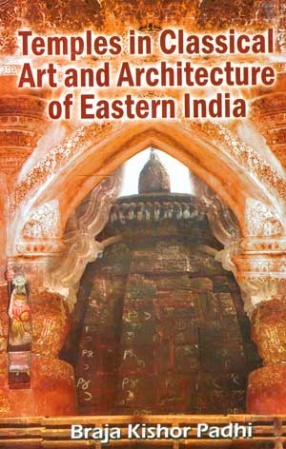
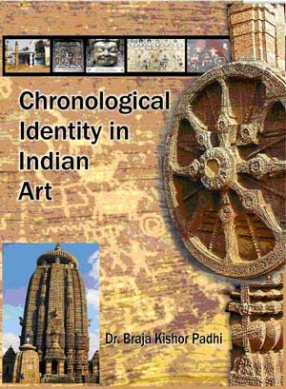


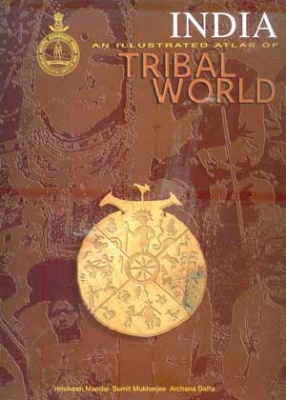
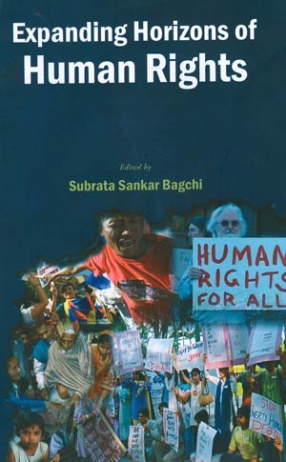
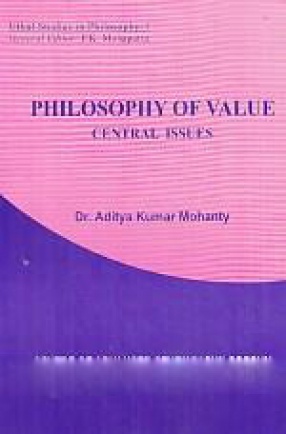

Bibliographic information
Stitadhi Rath